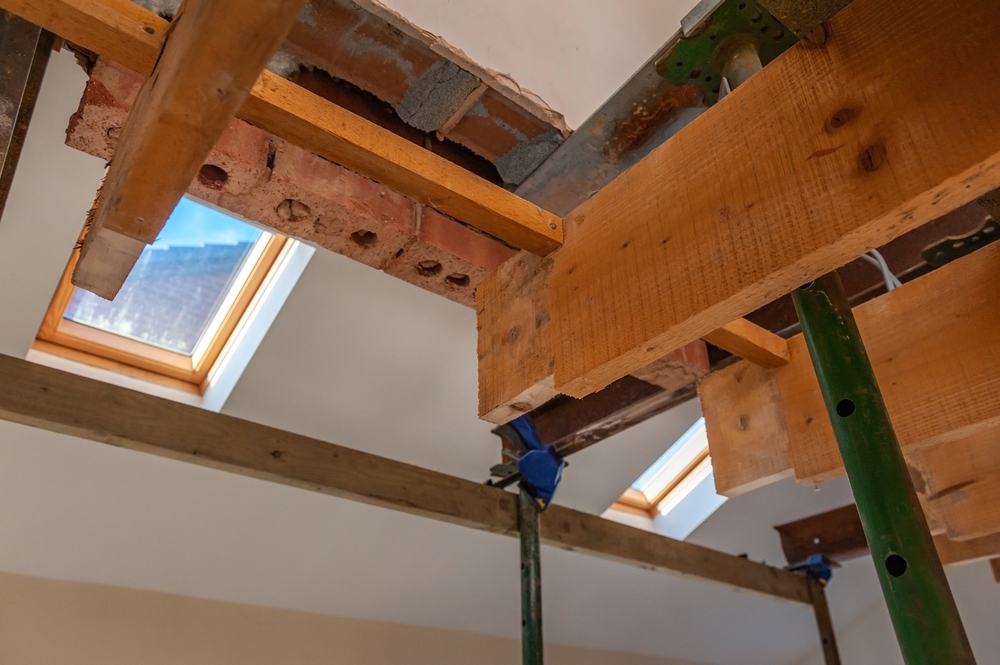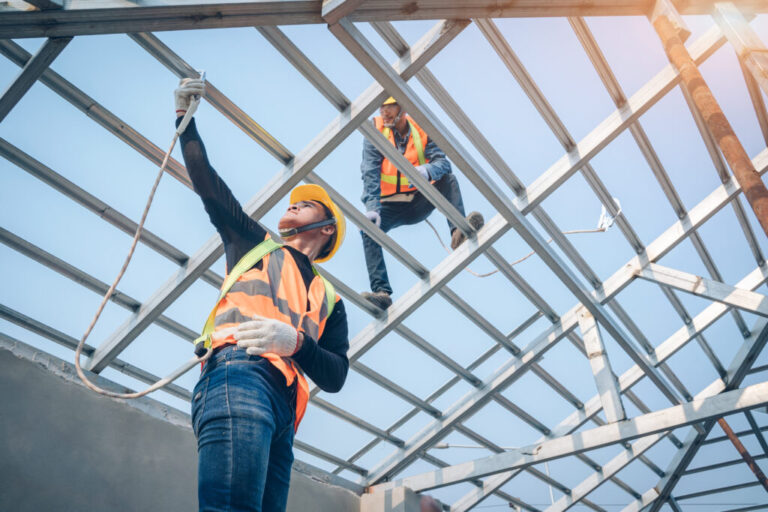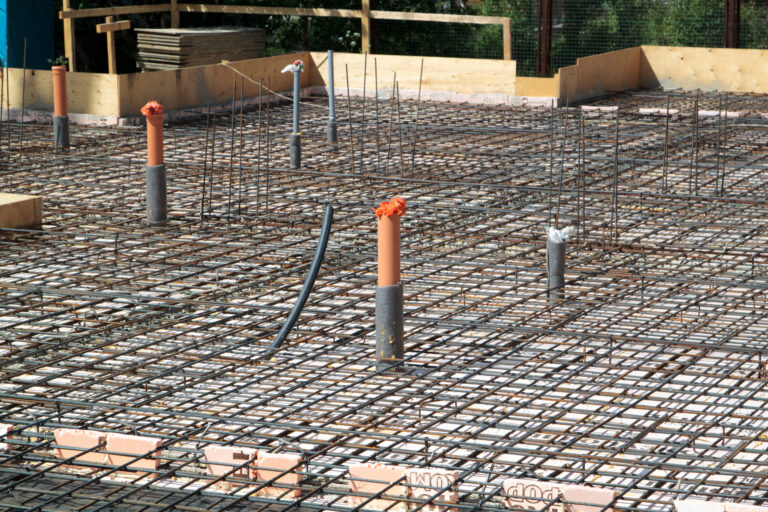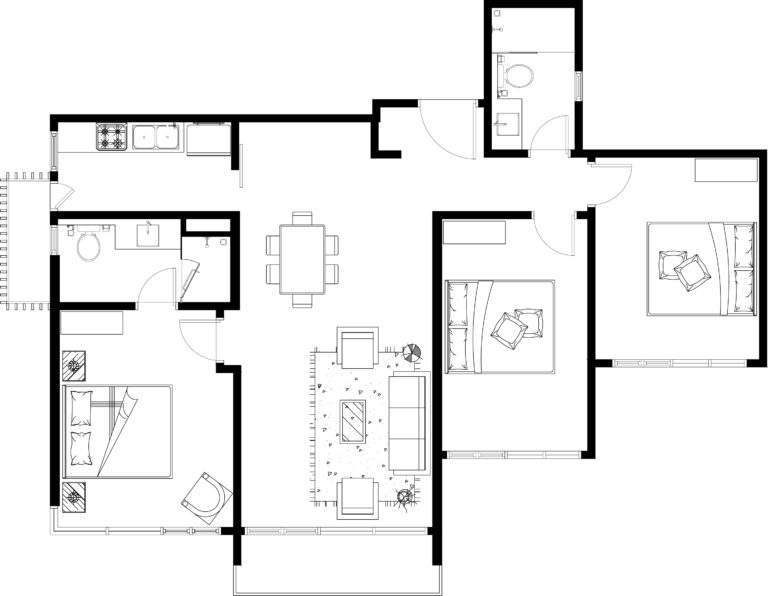Everything You Need to Know About Load Bearing Wall Removal
Are you a contractor or homeowner located in Dallas, TX looking for help with removing a load-bearing wall? Dallas, TX is full of older homes and buildings that are overdue for modernization and also that simply need renovation. Over time, as buildings change hands and are used by different people in a variety of ways. You could also be desiring a change by opening up some space. One common question we at Elora Structural frequently encounter is about “load-bearing wall removal.” But what does this entail? And why is it a task best left for professionals? Let’s dive in.
What is a Load-Bearing Wall?
First, it’s essential to understand the very core of the term. A load-bearing wall is a vital part of any building’s structural system. Unlike non-load-bearing walls (often referred to as “partition walls”), which primarily serve as dividers between rooms, a load-bearing wall carries and transfers the weight from the roof and upper floors down to the foundation. This weight distribution ensures the building’s stability.

Why Remove a Load-Bearing Wall?
The primary reason homeowners opt to remove a load-bearing wall is to create an open floor plan, which can make a home feel larger, more modern, and more interconnected. It can enhance the flow between rooms, improve natural light distribution, and provide flexibility in interior design.
The Process of Load Bearing Wall Removal:
- Initial Assessment: Before any wall is removed, it’s crucial to determine whether it’s load-bearing. This can sometimes be deduced from house blueprints or by assessing the wall’s position relative to the home’s structure. However, a professional’s expertise, like our team at Elora Structural, is often required to make this assessment with certainty.
- Engineering Plan: Once confirmed that the wall is load-bearing, a structural engineer will draft a plan detailing how to safely remove the wall without compromising the building’s integrity. This plan will outline how to redistribute the load once the wall is removed, often using beams or posts.
- Obtaining Permits: In many cities, including Dallas, you’ll need a permit to remove a load-bearing wall. This process ensures that the wall removal adheres to local building codes and is safe.
- Temporary Support: Before removing the wall, temporary supports (like support beams or temporary walls) are set up to bear the load while work is being done.
- Wall Removal: With all safety measures in place, the actual process of tearing down the wall begins. This involves carefully dismantling the wall piece by piece, ensuring that no other parts of the home are damaged in the process.
- Installation of Permanent Supports: Once the wall is removed, permanent support structures, as outlined in the engineering plan, are put in place. This could be a beam across the ceiling or posts strategically positioned to bear and redistribute the load.
- Finishing Touches: After the structural work is done, the aesthetics come into play. This might involve drywalling, painting, or any other finishes to ensure the space looks seamless.
Risks Involved
Removing a load-bearing wall without professional expertise can lead to significant risks. The building can become structurally unsound, floors might sag, and in extreme cases, there can even be a risk of collapse. Moreover, there could be hidden utilities in the wall, like plumbing or electrical wiring, which can be hazardous if tampered with unknowingly.
Choose Elora Structural For Load Bearing Wall Removal in Dallas
Load-bearing wall removal is an intricate task that, when done correctly, can significantly enhance the aesthetics and functionality of a living space. However, the key to a successful removal lies in expert hands, careful planning, and diligent execution. At Elora Structural in Dallas, TX, we pride ourselves on delivering the highest standard of structural engineering services, ensuring that our clients’ homes remain both beautiful and safe. If you’re considering making such a change in your home, always consult with a professional.






